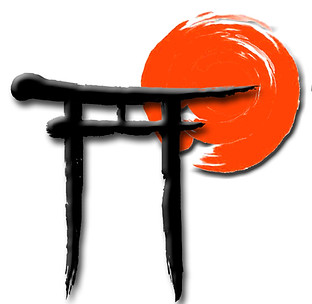Strings and Strikes
- Sempai Callum Johnson
- Mar 24, 2021
- 2 min read
Updated: Oct 29, 2021

My name is Callum Johnson, I am a teen black belt, and have spent six years at the dojo. I also happen to be a musician, as I play the violin for our school orchestra, as well as take lessons. And after years of both playing music and practicing karate, two things considered to be polar opposites, I have come to realize that they aren’t as different as you would think.
For those who don’t do either, you may have the stereotypical idea of what a violinist is “supposed” to be: an expert classical musician whose job is to play fancy sounding notes, and what a martial artist is supposed to be: an over-the-top grandmaster that uses flashy, unnecessary moves to defeat attackers.
In reality, things are different.
Violin is not just the perfectly orchestrated sounds that emit from the Boston Symphony, but the repeating of scales, the frustration of tuning, and the glory of mastering a piece. Violin is a form of expression, which I have always thought to be a roundabout way of saying “ Violins can do cool things in the hands of the people who play it.” A Violin has only four strings, but if you listen to a professional, it’s stunning there aren't more. These notes group into measures, which play short clips of something bigger. A sentence of measures together, and --BOOM! -- you have a piece of music. Now this piece of music can be played by anyone who knows how to read it.
Now let's take this principle, and apply it to karate. Karate, when you come down to it, is a form of expression, much like violin. The sounds of a bustling class, the sweat of hard earned success, and the pursuit of mastery are the key, the red hot burning core, of why many people, including myself, train. Learning to strike with any of our four limbs is a basic but important lesson taught from day one. As you begin to master the strikes, you are shown techniques. These range from combinations, to knife techniques and sparring. Then when you are ready, you are shown forms. These forms consist of techniques, or “measures”, most of which you will never learn separately, coming together to form one fluid motion--like a piece of music.
If music is described as a form of expression through sound, karate can be described as a form of expression through strikes. There is a reason why these two are so similar, and it comes from the motivation of self-improvement. In karate, I am always trying to master a technique, learn something new, and stay focused. While in violin, my goal is to play better than last time, play a difficult measure correctly, and improve my bow hold. And that is why I play violin, and practice karate, because they both invoke the human desire to improve.





What a wonderful read! I’m never surprised, just always impressed with the confidence levels shown by our young martial artists. Thank you, Sempai Callum for taking the time to write and share this correlation between these two very different forms of expression.
Sensei Lisa